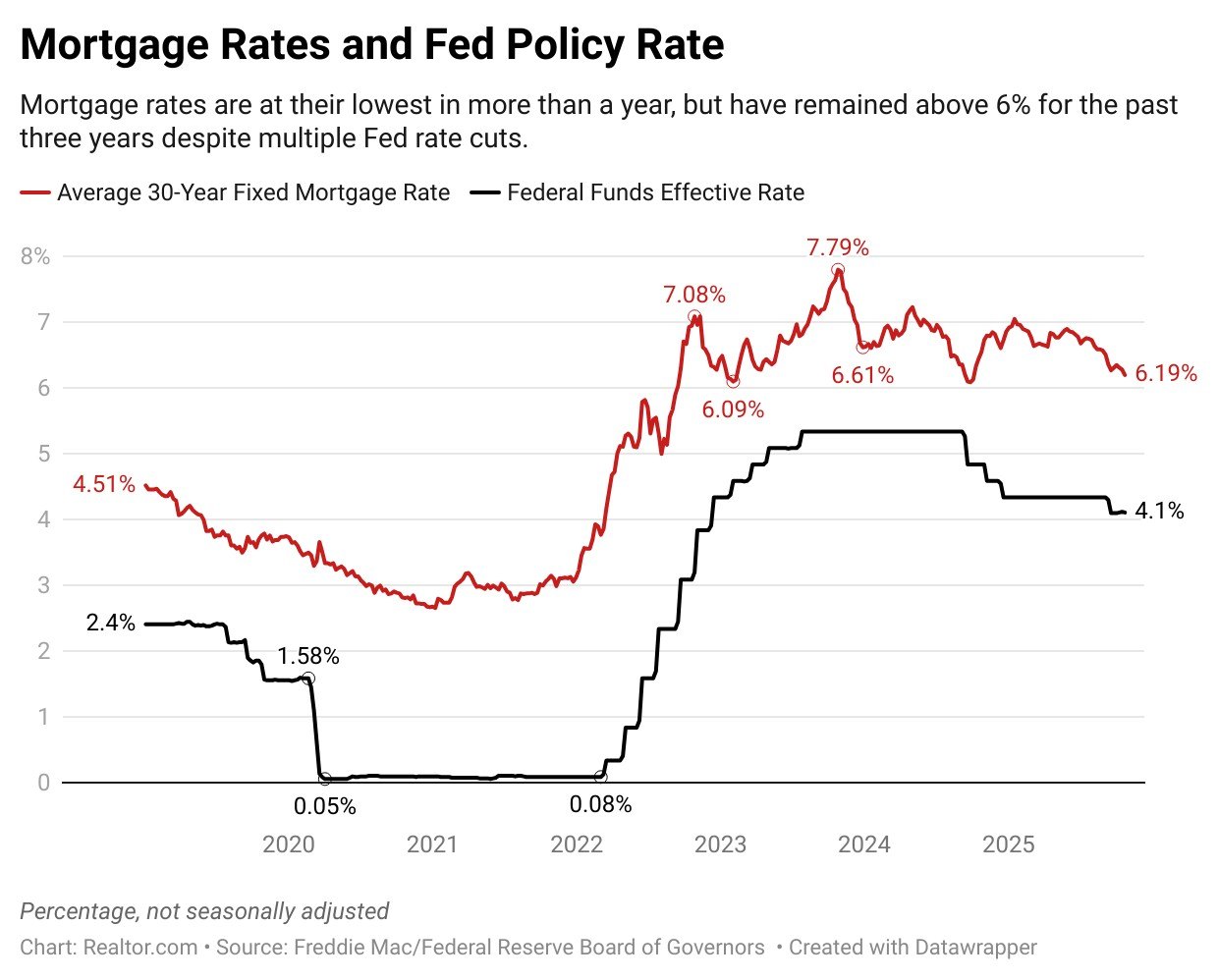Even as Federal Reserve officials deliberate this week on interest rate policy, major employers including Amazon, UPS, and Target are announcing significant layoffs that may heighten the urgency for a rate cut.
On Tuesday, as Fed Chair Jerome Powell and other members of the rate-setting Federal Open Market Committee (FOMC) began their two-day meeting, Amazon announced the layoff of 14,000 corporate employees as the company shifts resources to invest in AI.
Meanwhile, UPS confirmed that it expects to cut 48,000 jobs by the end of this year, after negotiating a deal intended to drastically reduce the number of Amazon shipments it handles. Target also sent roughly 1,000 layoff notices to corporate staff, after years of stagnant sales.
The Fed uses lower interest rates to boost the labor market, and higher rates to tame inflation. FOMC members will likely take notice of the blaring layoff headlines as they deliberate on rate policy, especially as they work without fresh employment data due to the government shutdown.
“The FOMC is paying attention to all news and will consider these announcements alongside the private sector and other anecdotal data that they gather to judge the state of the economy and guide policy decisions,” predicts Realtor.com® Chief Economist Danielle Hale.
Hale notes that the recent massive layoffs come late enough in the month that they would not have shown up in any official jobs report, meaning the shutdown won’t materially change their impact.
Financial markets now assess a 99.9% probability that the FOMC will vote to cut its benchmark rate by a quarter percentage point Wednesday, according to the CME FedWatch. That would take the overnight rate to a range of 3.75% to 4%, the lowest federal funds rate in three years.
However, the layoff news could bolster the case of Fed Gov. Stephen Miran, a recent Trump appointee who has argued in favor of large, rapid reductions to the Fed’s policy rate, and who is expected to again vote for a jumbo rate cut of half a percentage point.
Miran was the lone dissenter at last month’s FOMC meeting, and has suggested that he will continue to vote for larger cuts, even if the majority of the panel disagrees.
“I’m not going to vote for something I don’t believe in, just for the sake of creating an illusion of consensus where there is none,” Miran said in comments at the Economic Club of New York last month.
The layoff announcements may take on outsized significance in the FOMC deliberations after October’s jobs report was suspended due to the shutdown, with Fed policymakers acknowledging they have turned to anecdotal sources in the absence of hard employment data.
“To deal with this lack of public data, I spend a lot of my time talking to business contacts, whose views help me form my outlook for the economy,” Fed Gov. Christopher Waller said in recent comments at the Council on Foreign Relations in New York.
Waller said that so far, anecdotal input from CEOs had supported his view that the labor market is softening, even as the overall economy continues to grow as measured by GDP.
“Employers indicate to me that there was some further softening of the labor market last month, while retailers report continued solid spending, with a bit of caution from lower-income households,” Waller said.
After scrambling to find workers in the wake of the pandemic, many major companies hoarded workers, seeming reluctant to reduce headcount. Now, that logic may be starting to change, with employers buying into the early promises of AI to boost productivity and replace certain roles.
Ultimately, the latest layoffs are unlikely to alter the Fed’s decision to cut rates by a quarter point, but they could reduce the chances of dissenting votes from more hawkish members, and impact the outlook that Powell delivers in his post-meeting press conference.
In recent comments, Powell has highlighted the fact that inflation is still running above the Fed’s 2% target even as the labor market softens, calling it a “challenging situation.”
“Two-sided risks mean that there is no risk-free path,” Powell said at a recent economic luncheon in Rhode Island. “If we ease too aggressively, we could leave the inflation job unfinished and need to reverse course later to fully restore 2% inflation. If we maintain restrictive policy too long, the labor market could soften unnecessarily.”
The Fed does not set mortgage rates directly, and instead sets the short-term rate for overnight lending between commercial banks. Still, expectations about future Fed policy and general financial conditions can influence long-term rates, including mortgage rates.
In anticipation of further rate cuts at the Fed, mortgage rates last week dipped to their lowest level in more than a year, hitting 6.19%, according to Freddie Mac. But a rate cut Wednesday doesn’t mean they will fall further, with much riding on Powell’s post-meeting comments.
“The Fed’s decisions are anticipated by the market, which means that the upcoming rate cut and several more over the next few months are already largely priced in” to mortgage rates, says Hale, who notes that “further declines will depend on new developments.”

